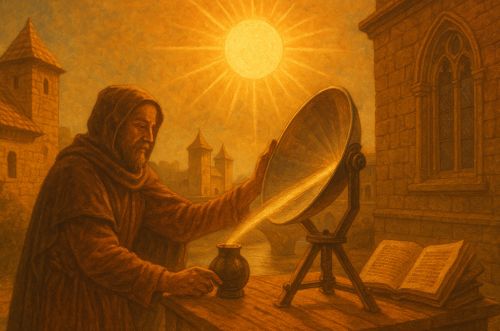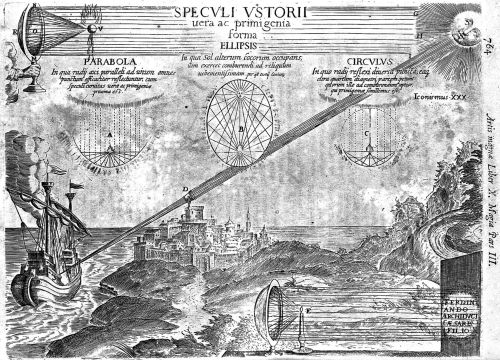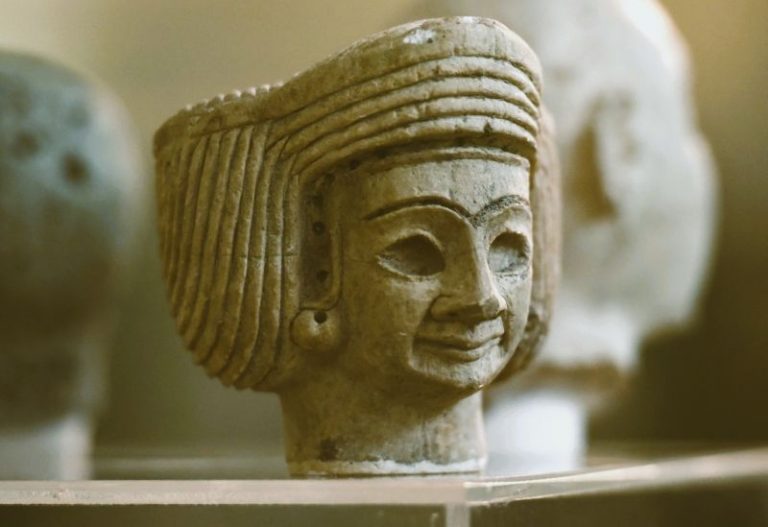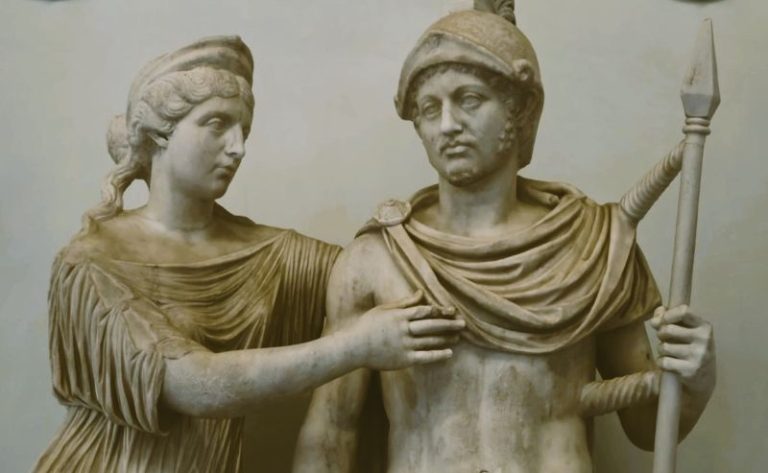

Medieval experiments with solar power were small, scattered, and limited by material constraints. Yet they were also imaginative, symbolically rich, and globally diverse.

By Matthew A. McIntosh
Public Historian
Brewminate
Introduction
The medieval period, so often remembered as an age of cathedrals and crusades, was also a world of subtle experiment. Natural forces, long the domain of myth and ritual, became subjects of renewed scrutiny. Among these, sunlight was both ordinary and transcendent. It dictated time, nourished crops, and illuminated sacred spaces, yet it also promised latent powers not fully understood. Medieval engagement with solar energy was not industrial in scope, but neither was it trivial. Across the Islamic world, in monastic Europe, and in imperial China, thinkers and artisans probed the uses of solar heat and light, drawing on ancient legacies while tentatively forging new practices.
Continuities and Transformations of Ancient Knowledge

Medieval solar experimentation did not arise from a vacuum. The texts of antiquity lingered, often in translation, providing both inspiration and foundation. Hero of Alexandria, whose treatises described the manipulation of air, water, and light, was remembered for his accounts of burning mirrors capable of concentrating sunlight into flame.1
Such works, carried into Byzantine and later Islamic intellectual life, formed a bridge across centuries. When scholars in Baghdad translated Greek texts into Arabic, they did more than preserve them. They interrogated, refined, and occasionally corrected them, reshaping classical heritage into a medieval science that valued both demonstration and observation. It was in this transmission that medieval solar thought found its first coherent footing.
Solar Heat in the Islamic World
The Islamic world, particularly during the Abbasid period, became the crucible of optical science. Al-Kindi considered the geometries of light, while Ibn al-Haytham’s Book of Optics offered a systematic investigation of reflection and refraction.2 His work was not confined to vision but extended to the physical behavior of solar rays, which he explored with an experimental rigor that would later inspire Latin scholastics.
Accounts of burning mirrors persisted, sometimes exaggerated into legend. The oft-repeated tale of Archimedes setting fire to Roman ships at Syracuse reappeared in Arabic and Latin sources, serving less as history than as provocation. If the ancients had claimed such feats, could they not be repeated?3
Practical applications were more modest but still striking. Glass spheres filled with water, or polished metal mirrors, were used by artisans to concentrate sunlight into a point hot enough to ignite tinder. While hardly revolutionary, such practices blurred the line between craft and science. They showed that solar power was not merely theoretical but could be integrated into daily activity.
Even in military speculation, sunlight appeared. Whether or not these devices were ever realized, their presence in the intellectual record reflects the audacity of a culture willing to ask what might be done with the inexhaustible force of the sun.4
Monastic Europe and Solar Adaptation

Europe’s encounter with solar energy was less centralized, less systematic, yet far from absent. Monastic communities, particularly Benedictine houses, often engaged in low-level engineering, redirecting water, refining architecture, and experimenting with light. Sunlight was not merely a liturgical symbol but a resource to be managed. In some monasteries, mirrors were positioned to channel light into cloisters or scriptoria, easing the labor of writing in winter months.5
The intellectual tradition also contained scattered reflections on solar fire. Albertus Magnus, the thirteenth-century Dominican scholar, noted that glass could focus sunlight to ignite flammable material, a fact that linked his natural philosophy to artisanal practice.6 What mattered here was less the scale of the experiment than its acknowledgment: sunlight was recognized as a power to be harnessed, not only a divine metaphor.
More practically, medieval baths and gardens sometimes relied upon solar exposure to heat water or extend growing seasons. These adaptations rarely appear in philosophical texts, yet they remind us that the sun’s energy was absorbed into European daily life. To overlook such practices would be to mistake silence in the sources for absence in experience.
China and the Solar Tradition

China preserved an ancient tradition of “fire mirrors,” highly polished bronze disks that could ignite kindling when oriented toward the sun.7 In medieval times, these devices retained their ritual importance. Dynastic ceremonies sometimes required new fires to be kindled by solar means, binding the cosmic order to imperial authority. The act of lighting flame from sunlight was not only practical but profoundly symbolic: it demonstrated the emperor’s mediation between heaven and earth.
Yet these mirrors also found mundane uses. Artisans and common households alike employed magnifying lenses or convex surfaces for ignition, while architectural practices made careful use of sunlight to heat enclosed spaces. Passive solar design, though unnamed as such, was a quiet technology in everyday life. Here, as in the Islamic and European contexts, the sun hovered between ritual, science, and necessity.
Symbol, Science, and the Limits of Medieval Solar Power
The medieval imagination did not compartmentalize the physical and the symbolic. Sunlight was understood as heat and as illumination, but also as a metaphor for divine truth. To study light was therefore to study both physics and theology. Ibn al-Haytham could measure refraction even as preachers described the sun as an allegory of Christ. The categories were not opposed but layered.
The limits of solar experimentation were evident. Without materials to capture or store energy, the use of sunlight remained episodic, dependent on weather and time of day. Wood and coal were more reliable sources of heat. Yet to dismiss medieval solar practice as negligible is to miss its intellectual significance. The willingness to test, to mirror, to refract, and to ignite represented a confidence in human ingenuity.
At times, the very failure of large-scale application invited further reflection. If sunlight could ignite a scrap of paper through a lens, what more might be possible? The unanswered question itself became an inheritance, passed into early modern experimentation.
Medieval writers also layered metaphor upon practice. The burning mirror was both an optical device and an emblem of moral clarity. To concentrate the sun into fire was to dramatize the concentration of truth into understanding. Such metaphors did not weaken the science; they gave it meaning within a broader intellectual universe.
What emerges from these fragments is less a story of technological triumph than of intellectual resilience. Medieval cultures, with limited tools, nevertheless recognized sunlight as a power worthy of both reverence and manipulation. In that recognition lies continuity with later scientific revolutions.
Conclusion
Medieval experiments with solar power were small, scattered, and limited by material constraints. Yet they were also imaginative, symbolically rich, and globally diverse. From Islamic optics to Chinese fire mirrors, from European monasteries to vernacular craft, the medieval era probed sunlight as both a cosmic mystery and a practical force. The result was not industrial energy but intellectual momentum.
By situating solar experimentation within this context, we recognize that the so-called “dark ages” were in fact illuminated by inquiry, however tentative. The medieval world did not conquer the sun, but it learned to coax its rays into fire, warmth, and symbol. That act of coaxing (half science, half faith) was itself a form of harnessing the heavens.
Appendix
Footnotes
- Hero of Alexandria, Pneumatica, trans. Bennet Woodcroft (London: Taylor Walton, 1851), 243–244.
- Roshdi Rashed, A History of Arabic Sciences and Mathematics, vol. 1 (London: Routledge, 1996), 312–319.
- A.I. Sabra, Ibn al-Haytham’s Optics: A Study of the Origins of Experimental Science (London: Warburg Institute, 1977), 55–63.
- George Saliba, Islamic Science and the Making of the European Renaissance (Cambridge: MIT Press, 2007), 102–107.
- Lynn White Jr., Medieval Technology and Social Change (Oxford: Oxford University Press, 1962), 81–84.
- Albertus Magnus, De Mineralibus, trans. Dorothy Wyckoff (Oxford: Clarendon Press, 1967), 137.
- Joseph Needham, Science and Civilisation in China, vol. 4, pt. 1 (Cambridge: Cambridge University Press, 1962), 118–121.
Bibliography
- Albertus Magnus. De Mineralibus. Translated by Dorothy Wyckoff. Oxford: Clarendon Press, 1967.
- Hero of Alexandria. Pneumatica. Translated by Bennet Woodcroft. London: Taylor Walton, 1851.
- Needham, Joseph. Science and Civilisation in China. Vol. 4, pt. 1. Cambridge: Cambridge University Press, 1962.
- Rashed, Roshdi. A History of Arabic Sciences and Mathematics. Vol. 1. London: Routledge, 1996.
- Sabra, A. I. Ibn al-Haytham’s Optics: A Study of the Origins of Experimental Science. London: Warburg Institute, 1977.
- Saliba, George. Islamic Science and the Making of the European Renaissance. Cambridge: MIT Press, 2007.
- White Jr., Lynn. Medieval Technology and Social Change. Oxford: Oxford University Press, 1962.
Originally published by Brewminate, 08.27.2025, under the terms of a Creative Commons Attribution-NonCommercial-NoDerivatives 4.0 International license.


